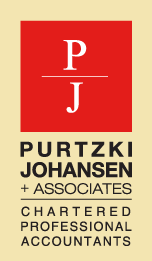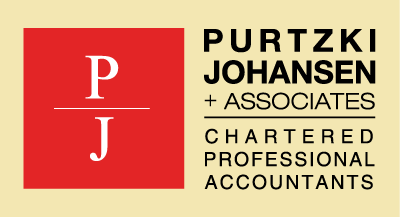Doctors are uniquely placed to reap the benefits of a Home Equity Line of Credit (HELOC). Substantial earnings, home ownership, and financial stability mean that tapping into the equity of your home to supplement your income at retirement is a great option if your investment portfolio isn’t robust enough to maintain your lifestyle and let you enjoy some new adventures.
Bob and his wife Louise are contemplating tapping into the existing equity of their home by downsizing to a smaller and more manageable property. Living in a smaller space is not an enticing prospect, though, since they both love their neighborhood and their spacious home. Hosting parties for friends and extended family wouldn’t be the same in a smaller, if less expensive house.
As an alternative to moving Bob and Louise could consider a HELOC. This type of line of credit would give them the best of both worlds: tax-free income and continued enjoyment of their present home. They could use their home equity to arrange for the HELOC at 4.5%, with interest accumulating on the loan. They could expect to draw $50,000 per year for the next 20 years. The table shows the impact of their draws on the equity remaining in their home.
| At the end of | HELOC | Home value | Equity |
| Year 1 | $ 50, 000 | $ 1,260,000 | $ 1,210,000 |
| Year 5 | $ 279,690 | $ 1,531,518 | $ 1,251,828 |
| Year 10 | $ 628,235 | $ 1,954,674 | $ 1,326,439 |
| Year 15 | $ 1,062,585 | $ 2,494,714 | $ 1,432,129 |
| Year 20 | $ 1,603,864 | $ 3,183,957 | $ 1,580,093 |
To illustrate, in 10 years their draws of $500,000, plus the interest owing, would total $628,325. The value of their $1.2 million home is assumed to increase at 5% per annum to $1,954,674 in Year 10. Their equity in the home would be $1,326,439. Despite taking $500,000 of draws, the net home value would have increased by $116,000.
The plan seems ideally suited to dentists who generally live in expensive homes and will most likely have paid off their mortgage prior to retiring. Given the substantial equity in their homes, doctors would be able to draw significant funds for their retirement years. As preferred bank customers, they’re also often eligible for the lowest interest rates offered by the banks, with typical HELOC’s at a bank prime rate of 3.95%+0.50%.
In the example I’ve given, the $50,000 of draws from the line of credit is tax-free. Doctors are likely to be in the top personal income tax bracket, so they would need to earn about $80,000-$90,000 of investment income to have $50,000 of after-tax funds.
Another key advantage is that draws on the line of credit are not considered income, so there would be no claw back of Old Age Security benefits. And, as the principal residence is still Canada’s number one tax shelter, all proceeds from the eventual sale of the home will be tax-free.
It’s generally well known that real estate values traditionally outpace the rate of inflation, and many see real estate as a more reliable investment than the stock market. So, even after drawing $1.7 million from the home equity, after 20 years Bob will still have equity in his home than will be 30% greater than he currently has. Dentists living in the metropolitan areas of Vancouver and Toronto will quickly grasp the advantages of a HELOC, but that shouldn’t discourage those living in other areas from considering one, too.




